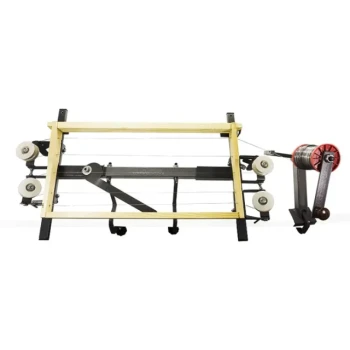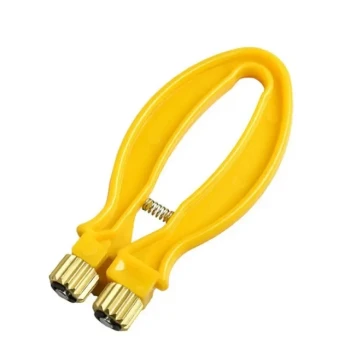Toggle Categories
Get Instant Support
Choose your preferred way to connect with our team
-
Get Free Quote Fill out form for detailed pricing
-
Send Email Detailed inquiry support
-
WhatsApp Quick mobile chat
Response Time
Within 8 hours on working days, 24 hours on holidays
Frames & Accessories

Plastic Bee Frame Beekeeping Hive Frames for Wholesale
Item Number : BHF-5

Stainless Steel Bee Hive Frame Wire for Beekeeping
Item Number : BF-W

Copper Bee Frame Eyelets for Beekeeping
Item Number : BF-E

7 x Auto Bee Flow Hive Frames Plastic Beekeeping Hive Box Supplies
Item Number : BHF-6
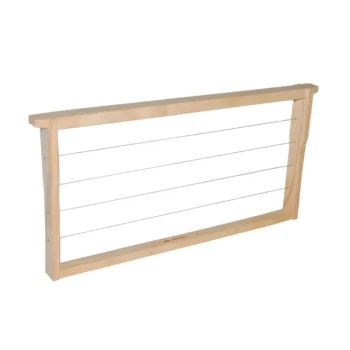
HONESTBEE Wired and Assembled Wooden Bee Frames Foundation for a Thriving Hive
Item Number : BHF-2
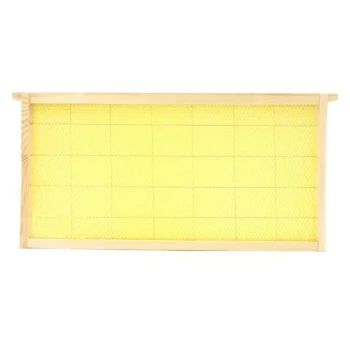
Assembled Wooden Bee Frames with Beeswax Foundation Ready to Use by HONESTBEE
Item Number : BHF-3

Wooden Bee Hive Frames for Beekeeping and Wholesale
Item Number : BHF-1
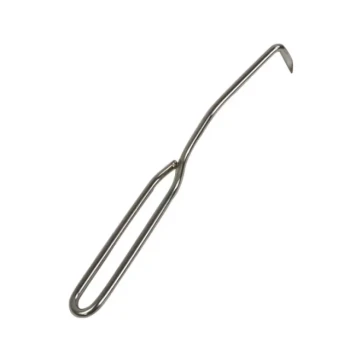
Precision Stainless Steel Frame Cleaner for Hive Grooves and Corners
Item Number : FC-3

Heavy Duty Stainless Steel Frame Cleaner with Plastic Handle
Item Number : FC-1A
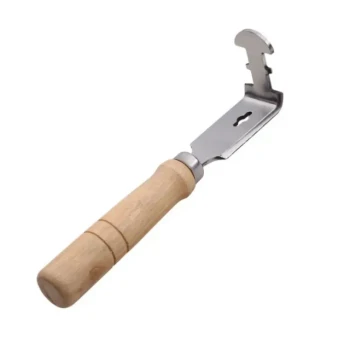
Professional Stainless Steel Frame Cleaner with Ergonomic Wood Handle
Item Number : FC-1
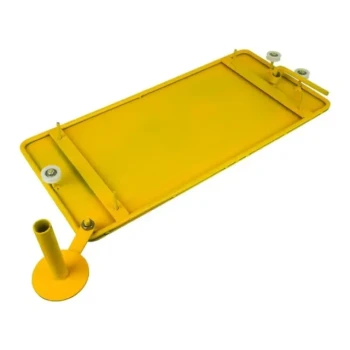
HONESTBEE Durable Frame Wiring Board with Integrated Tensioner
Item Number : WT-7
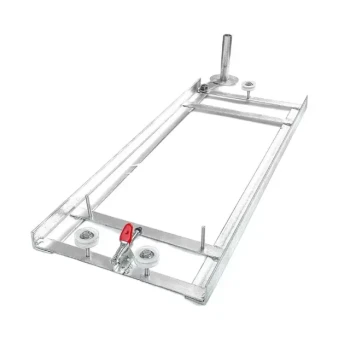
HONESTBEE Professional Frame Wiring Board and Jig
Item Number : WT-6

HONESTBEE Heavy Duty All Metal Frame Wire Crimper Tool
Item Number : WT-5
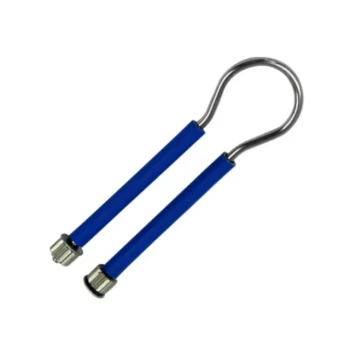
HONESTBEE Loop Handle Frame Wire Crimper
Item Number : WT-4

HONESTBEE Durable Ergonomic Wooden Handle Frame Wire Crimper
Item Number : WT-2
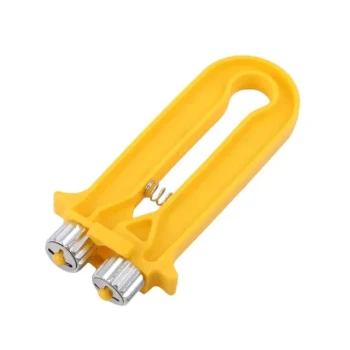
HONESTBEE Ergonomic Spring Loaded Frame Wire Crimper
Item Number : WT-1
REQUEST A QUOTE
Our professional team will reply to you within one business day. Please feel free to contact us!
Related Articles

The Geometry of Safety: Deconstructing the Engineering of a Beekeeper's Veil
A beekeeper's veil isn't just a barrier; its safety lies in the critical distance its structure creates, rendering a bee's stinger ineffective.

The Scent of Danger: Why Bee Suit Maintenance is About Pheromones, Not Just Dirt
Effective bee suit care is not just about cleanliness; it's about removing invisible alarm pheromones that can provoke bees on future visits.

Tired of Sagging Comb? The Hidden Cost of "Cheap" Beekeeping Frames
Discover why unstable comb in your beehives is more than an inconvenience, leading to lost honey and stressed bees. Learn the real cost of frame choices.

Clarity Under Pressure: The Engineering and Psychology of the Round Beekeeping Veil
The round beekeeping veil's rigid design is a deliberate choice for superior visibility, psychological safety, and operational certainty.

More Than Steel: How a Simple Hive Tool Dictates the Success of an Apiary
A hive tool isn't just for prying; it's a communication device. Master its use to reduce colony stress and protect your apiary investment.

The Beekeeper's Dilemma: Choosing Between Wooden Frame Ideals and Plastic Frame Efficiency
The choice between wooden and plastic beehive frames is not just technical; it's a strategic decision balancing long-term hive health against operational efficiency.

The Frame Debate: How Hive Ergonomics Shape Commercial Apiary Success
Choosing between deep and medium frames is a key operational decision that balances hive health with the ergonomic demands of commercial beekeeping.

The Deceptive Calm: Why a Strong Summer Hive Masks a Looming Winter Collapse
The late-summer crossover of rising Varroa mite populations and declining bee numbers creates a silent threat to the vital winter bee generation.

The Pragmatic Hive: Engineering Resilience with Wood Frames and Plastic Foundation
Discover why combining wood frames with plastic foundation offers beekeepers unparalleled durability, efficiency, and hive management control.

The Two Winters of the Honey Bee: A Lesson in Adaptation and Survival
Discover the crucial physiological difference between winter bees in cold vs. warm climates and why it changes everything for pest and colony management.

The Beekeeper's Blind Spot: The Cognitive Ergonomics of a Veil
A beekeeper's veil isn't just protection; it's a cognitive tool. Hood veils trade visibility for comfort, impacting focus and efficiency.

How to Melt Beeswax Safely: Preserving Quality While Avoiding Hazards
Learn safe beeswax melting techniques to preserve quality and avoid hazards. Discover optimal temperatures, tools, and step-by-step methods.

Beyond the Hammer: The Psychological Calculus of a Bee Frame Machine
Discover how a bee frame forming machine solves beekeeping's hidden bottleneck, shifting focus from manual labor to strategic growth and efficiency.

Why Plastic Queen Excluders Outperform Metal and Wood: Science, Savings, and Hive Protection
Discover why plastic queen excluders outperform metal and wood in durability, hive health, and cost savings for modern beekeeping.

How to Use a Bee Brush Safely: Protecting Bees While Managing Your Hive
Learn safe bee brush techniques to protect bees while managing hives. Tips on bristle types, handling, and alternatives for ethical beekeeping.

How Queen Excluders Optimize Hive Productivity and Honey Quality
Learn how queen excluders optimize hive productivity and honey quality in modern beekeeping. Discover mechanics, benefits, and best practices.

How Stored Honey Frames Accelerate Colony Recovery: A Beekeeper’s Guide
Learn how stored honey frames boost spring colony recovery with science-backed strategies for beekeepers. Enhance survival & brood production.

How to Transition Hive Frames Safely Without Disrupting Colony Health
Learn how to transition hive frames safely with science-backed strategies for material selection, phased implementation, and colony health monitoring.

Why Wooden Beehive Frames Outperform Alternatives: Science, Sustainability, and Beekeeper Experiences
Discover why wooden beehive frames outperform plastic alternatives in sustainability, bee health, and cost-efficiency for modern beekeeping.

How Bee Space Dictates Hive Success: Science-Backed Management Strategies
Learn how maintaining the precise 5/16" bee space in hives boosts colony health, reduces swarming, and increases honey yields. Science-backed strategies.

